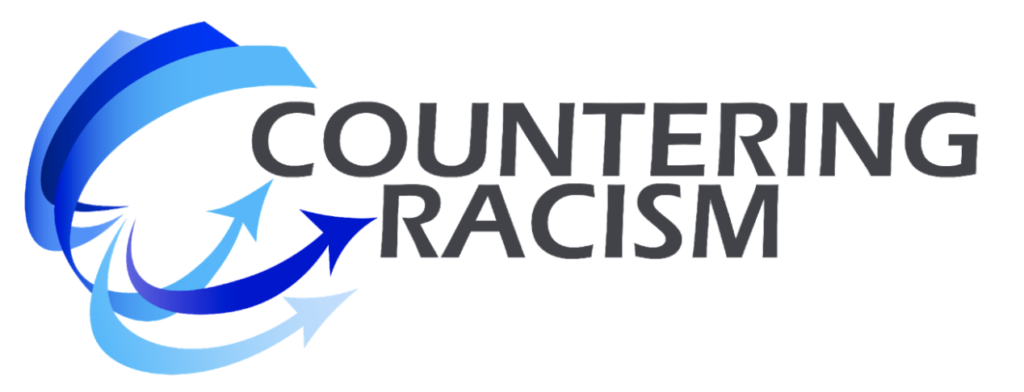
#3 Advocacy – A Powerful Role Anyone Can Play
This is an introduction to the arena of advocacy and an effort to make it easier for individuals to get engaged in effective advocacy in countering racism. The key is to just get started, explore, and see where it takes you.
What is “Advocacy”?
Advocacy is the act of supporting, defending or arguing for a specific cause.
The purpose of advocacy is to bring about change.
Most of Us Don’t Really See Ourselves as “Advocates”
We all advocate for certain things in different areas of our lives, but we usually don’t see ourselves as “advocates” and certainly not significant advocates for countering racism. “Advocacy” can seem foreign, big and complex, and not a good fit with our experience and competencies – let alone our self-image.
“Advocates” are usually seen as people who are highly passionate and committed to a cause, knowledgable about the cause, skilled and experienced in advocacy. And they are usually part of a group or organization. And “being an advocate” is often a central part of their identity.
Most of Us Have a Surprising Number of Skills and Characteristics that are Needed
Fortunately, an advocacy role can take many forms and can draw on the knowledge, skills, and capabilities that we already have. We can certainly develop our abilities as an advocate, but we can start now with who we are and what we are capable of.
Taking on the role of “advocate” – whether large or small – opens the door to an extraordinary number of opportunities to make a difference. In fact, if we are not in leadership roles where we can make the necessary decisions for our group, organization or community, some form of advocate role is the most powerful role we can take. And the role that the world needs us to take.
Advocacy Comes in Many Forms
Advocacy may be political (like lobbying), but it can also be focused on educating the public, standing up for an individual or group, bringing about change within organizations of various types or developing capabilities within a community. It can be in the form of “being out front” and it can be in the form of clearly supporting those who are out front.
The key for individuals is to engage in areas of interest and bring the skills, characteristics, and knowledge that you currently have – and commit to whatever skill, characteristic or knowledge development you think will increase your confidence and impact.
“We must always take sides. Neutrality helps the oppressor, never the victim. Silence encourages the tormentor, never the tormented.”
– Elie Wiesel
Just Start – It’s Fine to Start Small
There is no magic path that you have to discover. Just start down the path.
- Choose Your Focus. Decide where you want to make a difference – one or more issues
- Gain Basic Knowledge. Research the topic(s) so that you feel some confidence in engaging, but don’t over-prepare because that can delay your engagement
- Connect. Explore what groups already exist in the area of interest and choose which to join. Or start or re-purpose a group if no relevant groups exist.
- Be Conscious About What You are Bringing. Reflect on the characteristics, knowledge, or skills that you are bringing to the groups that you might join. This is not to justify your inclusion, but to give you a chance to be conscious and intentional in what you bring.
- Act with Confidence. You don’t have to be an expert or bring a dozen skills to a group to be a valuable member. When groups are powerful it’s because they have integrated the various skills, knowledge bases and characteristics of their members. Get started now, bring what you’re got and remember that your capabilities will probably grow rapidly if you commit.
“The secret of getting ahead is getting started.”
– Mark Twain
Contents of the Downloadable PDF
#1 How to Start
#2 What is “Advocacy?”
#3 Who is Involved in Advocacy?
#4 What is the Advocacy Process?
#5 Skills, Characteristics & Knowledge